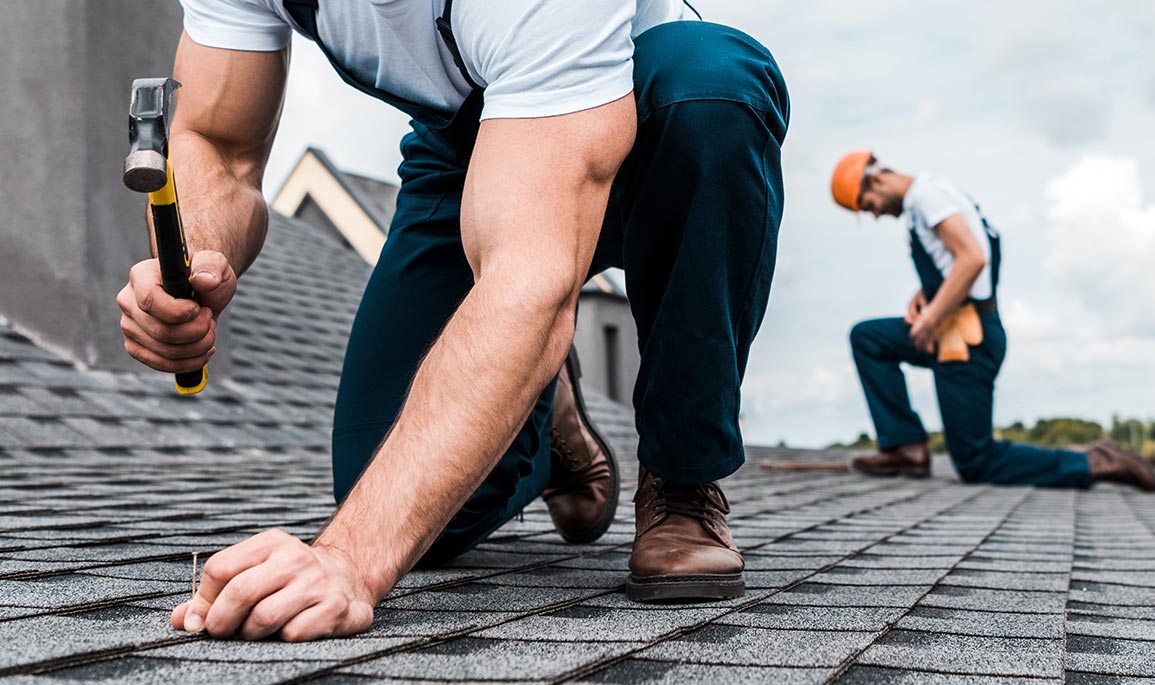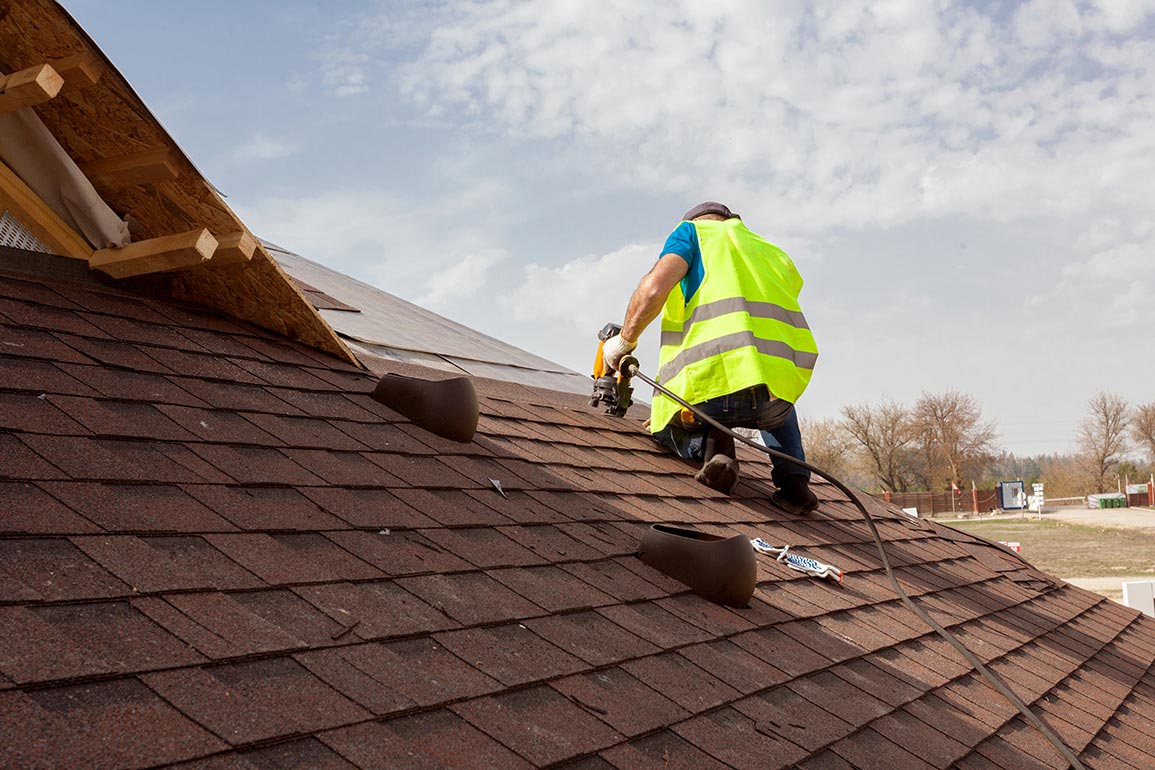Aspests To consider When Choosing A Roof
When it comes to selecting a roofing material for a new home or replacing an existing roof, longevity is a key consideration for homeowners. The lifespan of a roof can vary significantly depending on the materials used, the quality of the installation, the climate, and how well it is maintained. Some roofing materials are known for their durability and can offer decades of protection for your home. Here, we explore the types of roofs that are renowned for their long-lasting qualities.

Metal Roofing
Metal roofs are at the forefront of durability, with lifespans ranging from 40 to 70 years, depending on the material. Metal roofing materials include steel, aluminium, copper, and zinc. They are highly resistant to extreme weather conditions such as heavy snow, high winds, and even fire. Metal roofs can also reflect solar radiant heat, which can reduce cooling costs in the summer. Copper and zinc roofs are particularly known for their longevity, with lifespans that can exceed 100 years with proper maintenance.
Slate Roofing
Slate roofing is often considered the pinnacle of durability and can last more than 100 years. Made from natural slate rock, these roofs are not only resistant to harsh weather conditions but also add a distinctive, elegant appearance to any home. Slate is fire-resistant and offers a high level of protection against the elements. However, its longevity comes with a higher price tag and requires skilled installation. Additionally, the weight of slate roofing requires that the home's structure is capable of supporting it.
Clay and Concrete Tile Roofing
Clay and concrete tile roofs are popular in regions with hot weather and are known for their ability to withstand damage from hurricanes, tornadoes, and earthquakes. Clay tiles can last over 100 years, while concrete tiles have a lifespan of 50 to 60 years or more. These materials are excellent at reflecting heat, making them energy-efficient choices for warm climates. Tile roofs require little maintenance and can resist rot, pests, and fire. However, they are heavy and may require additional structural support, similar to slate roofs.
Synthetic Roofing
In recent years, synthetic roofing materials have gained popularity due to their durability, lightweight, and ease of maintenance. Synthetic roofs can be made to look like wood shakes, slate, or clay tiles and are constructed from rubber or plastic combined with fillers. These materials are resistant to fire, wind, and impact from hail and can last 50 years or more. Synthetic roofing is also less susceptible to algae and mold growth, adding to its longevity.
Wood Shingles and Shakes
While not as durable as metal, slate, or tile, wood shingles and shakes have a natural beauty and can last 25 to 30 years, depending on the type of wood and maintenance. Cedar and redwood are commonly used for their natural resistance to rot and pests. Treating wood shingles with fire retardants and preservatives can extend their lifespan. However, they require regular maintenance to prevent moss and algae growth and to ensure they remain in good condition.
Asphalt Shingles
Asphalt shingles are the most common roofing material in the United States due to their cost-effectiveness and ease of installation. While they do not last as long as some of the other materials mentioned, high-quality architectural asphalt shingles can last 30 years or more. Regular maintenance and prompt repair of any damage can help extend the life of an asphalt shingle roof.
Factors Affecting Roof Longevity
Beyond the material itself, several factors can influence the lifespan of a roof:
• Quality of Installation: Proper installation by experienced professionals is crucial for maximising the lifespan of any roofing material.
• Climate: Extreme weather conditions, such as hurricanes, hail, and constant exposure to sun, can shorten a roof's lifespan.
• Maintenance: Regular inspections and maintenance are essential for identifying and addressing potential issues early, regardless of the roofing material.
• Roof Slope: The slope of the roof can affect its ability to shed water and debris, influencing its longevity.
• Ventilation: Proper roof ventilation helps regulate temperature and moisture levels in the attic, extending the life of the roof.
Conclusion
When choosing a roofing material, it's essential to consider the longevity alongside factors such as climate, aesthetic preference, and budget. While metal, slate, and tile roofs offer the longest lifespans, advancements in synthetic and traditional materials mean there are durable options to suit a wide range of needs and preferences.



